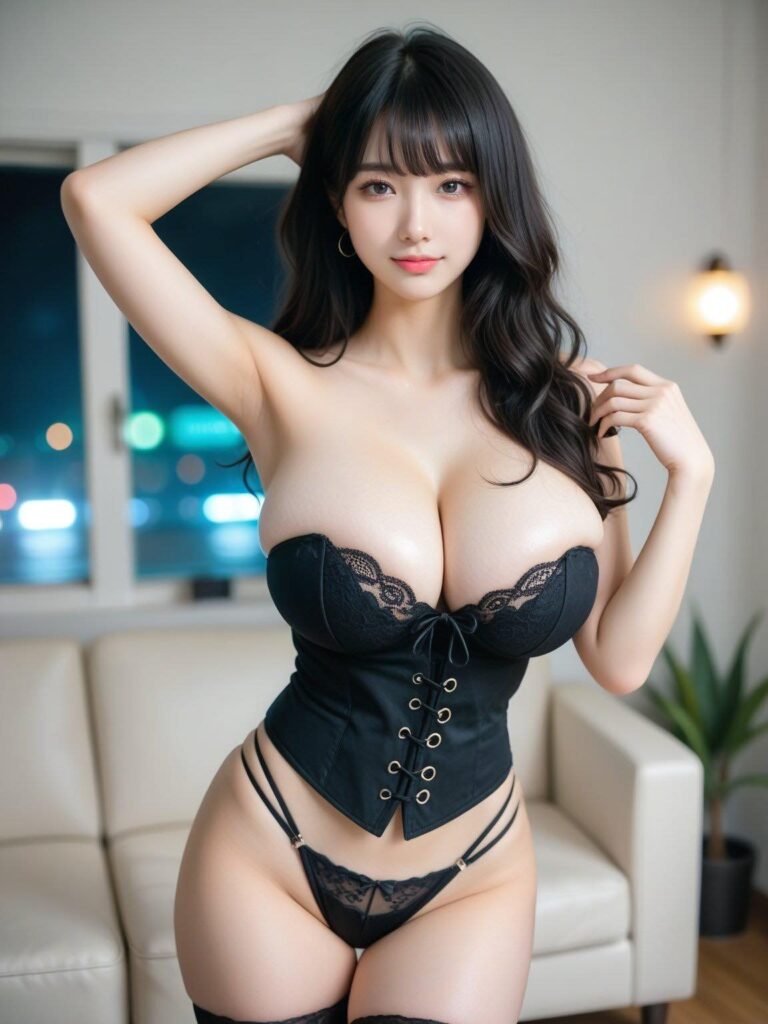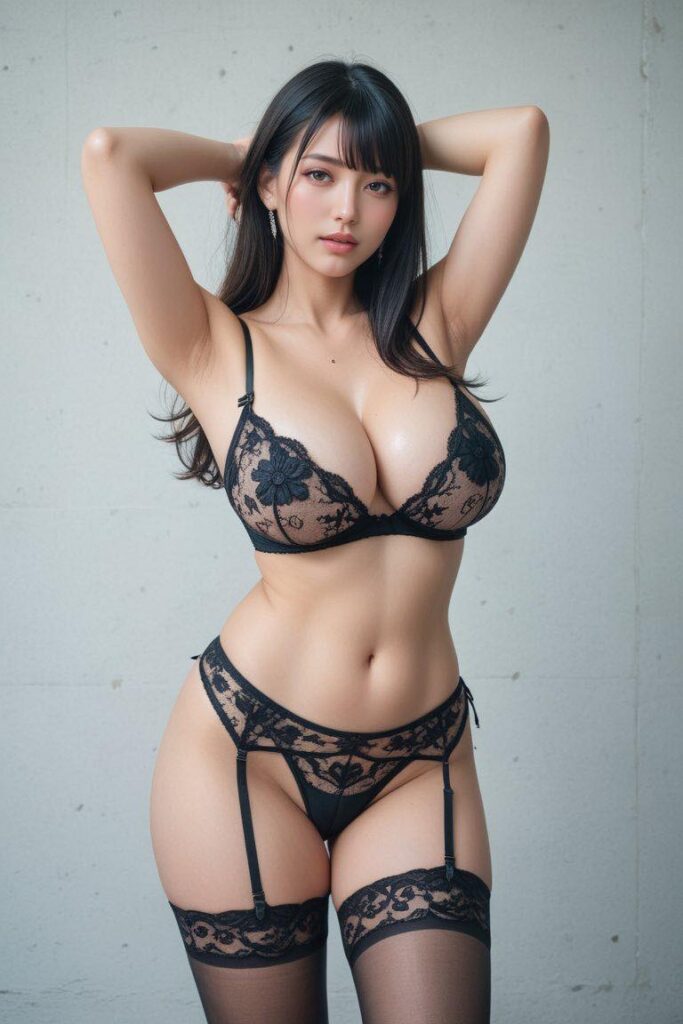The Power of the Girl Character: From Sidekick to Center Stage
In stories from every corner of the world, characters shape the way we see ourselves and others. For generations, girl characters were often sidelined—cast as the damsel in distress, the love interest, or the supporting role to a male hero. But times have changed. Today, the girl character is stepping into the spotlight with strength, depth, and complexity, becoming a symbol of empowerment, identity, and transformation.

The Evolution of the Girl Character
Historically, girl characters in literature and media were often defined by their relationships to others—someone’s daughter, sister, or object of affection. Think of Wendy in Peter Pan or Princess Aurora in Sleeping Beauty—gentle, caring, but rarely active drivers of the plot.
The feminist movement and broader calls for representation began to change this narrative. Writers and creators started crafting girl characters who were strong, flawed, independent, and real. From Pippi Longstocking’s wild imagination to Matilda’s quiet genius, these characters began showing girls they could be more than bystanders—they could be the heroes of their own stories.

Traits of a Modern Girl Character
The modern girl character is not confined to one mold. She may be fierce or gentle, shy or outspoken, logical or dreamy. What sets her apart is her depth—she has agency, desires, and the power to change the world around her.
-
Strength: Katniss Everdeen in The Hunger Games isn’t just physically strong—she’s emotionally resilient and morally grounded.
-
Curiosity: Characters like Hermione Granger from Harry Potter show that intelligence and a love of learning are powerful.
-
Vulnerability: In shows like Stranger Things, Eleven’s struggles make her relatable, and her emotions are as central as her powers.
-
Authenticity: Animated series like Moana or Turning Red portray girls discovering who they are, not just who others expect them to be.

Representation Matters
When girls see characters like themselves on screen, in books, or in games, it validates their experiences. Whether it’s a girl with curly hair, a girl who loves science, or a girl navigating anxiety, these portrayals help build confidence and self-understanding.
Diverse girl characters—across race, class, ability, and orientation—also open doors to empathy. They teach all audiences that girlhood is not one-size-fits-all. A disabled girl navigating friendships, an Indigenous girl protecting her land, or a queer girl discovering her identity—all deserve space in our stories.
Why Girl Characters Matter
Girl characters aren’t just role models—they’re mirrors and windows. They reflect the lives of real girls and offer a glimpse into worlds outside our own. They challenge stereotypes, redefine femininity, and invite audiences to think differently about strength and leadership.
More importantly, they inspire action. A girl who reads about Malala in a book, or watches a character stand up to injustice, may feel empowered to raise her voice, take a risk, or dream big.

The Future of the Girl Character
The best girl characters today don’t just break the mold—they reshape it. They’re found in indie films, bestselling novels, graphic novels, and video games. And they’re being written not just by others, but by girls themselves, who are taking control of their own narratives.
As creators continue to broaden what’s possible in storytelling, the girl character will keep evolving—not as a symbol of what girls should be, but of everything they can be.
Final Thought:
Whether she’s slaying dragons, solving mysteries, or just figuring out middle school, the girl character is more than a role—she’s a revolution. And her story is far from over.



